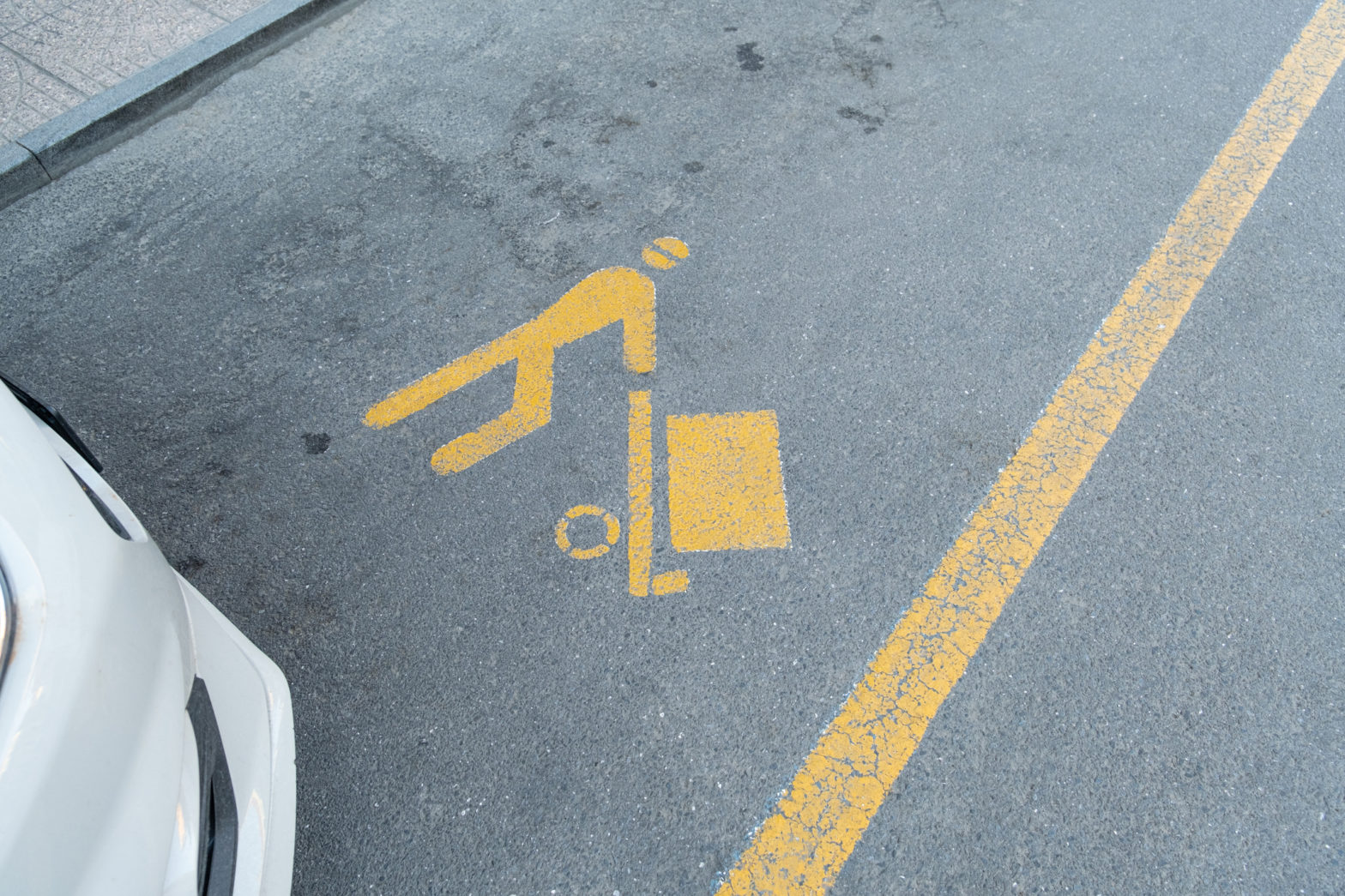
Seattle and Minneapolis partner on kerb management
28 December 2024
by Jonathan Andrews
Minneapolis and Seattle are collaborating to create practical, data-driven solutions that improve kerb safety, enhance access for deliveries, and support local businesses.
Demand for kerb space is growing as e-commerce, micromobility, and food delivery continue to surge. All of which create competing demands on kerb space, pavements and lanes, potentially leading to blocking and safety issues.
To support the partnership, US$14.8 million has been granted by the US Department of Transportation’s Strengthening Mobility and Revolutionising Transportation (SMART) Grants Programme.
“Kerb space is a limited resource and, when effectively managed, it can promote economic activity, support multimodal transportation, facilitate access for freight and deliveries, and improve overall safety and mobility,” said Tim Sexton, Director of Minneapolis Public Works. “We’re grateful to receive [this second] grant that will support these outcomes and excited to have a partner in Seattle that shares our goals and innovation mindset.”
The data collected from both cities during the earlier initial funding stage, found significant non-compliance with kerb regulations, showing the need to update permit eligibility, pricing, and signage policies to improve kerb performance. This second stage will focus on finding solutions to enhance safety, access, and the efficiency of moving people and goods within these constrained spaces.
“This new funding is great news for Seattle and allows our team to continue its innovative work to make the most out of our limited kerb space for goods deliveries, commercial loading, and more,” said Greg Spotts, Director, Seattle Department of Transportation. “We’re thrilled that the USDOT has selected us in partnership with the City of Minneapolis. We’ll continue to collaborate with our local partners and the freight and business communities to implement positive, data-driven solutions at the kerb.”
Despite climate, demographics, and topography differences, the two cities joined together on applying for Stage 2 SMART grants because they discovered similar kerb challenges and needs through the Open Mobility Foundation’s SMART Kerb Collaborative of SMART grant awarded cities.
As part of the next stage, both cities will scale operational strategies for better access and improved digital management. These include enhancing commercial load zone compliance with policies, technology, and signage, building robust kerb data management platforms to support informed decision-making and align with national standards, and leveraging collective influence to collaborate with freight carriers and urban logistics companies to develop tools that benefit drivers, business districts, and cities.
Image: Ariestudio | Dreamstime.com







